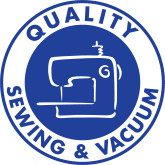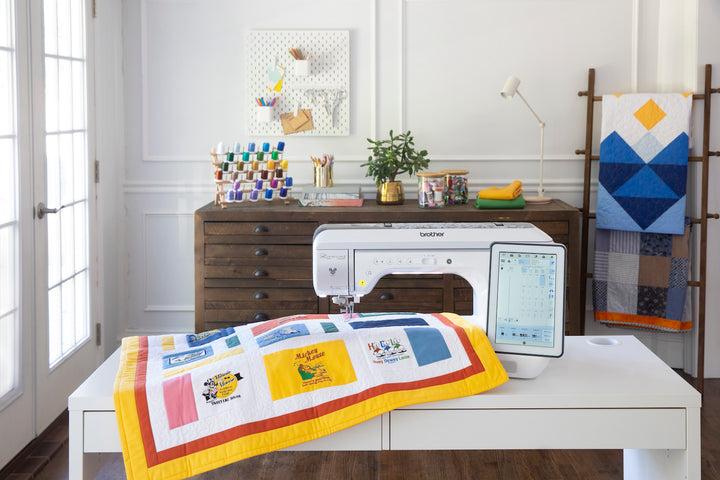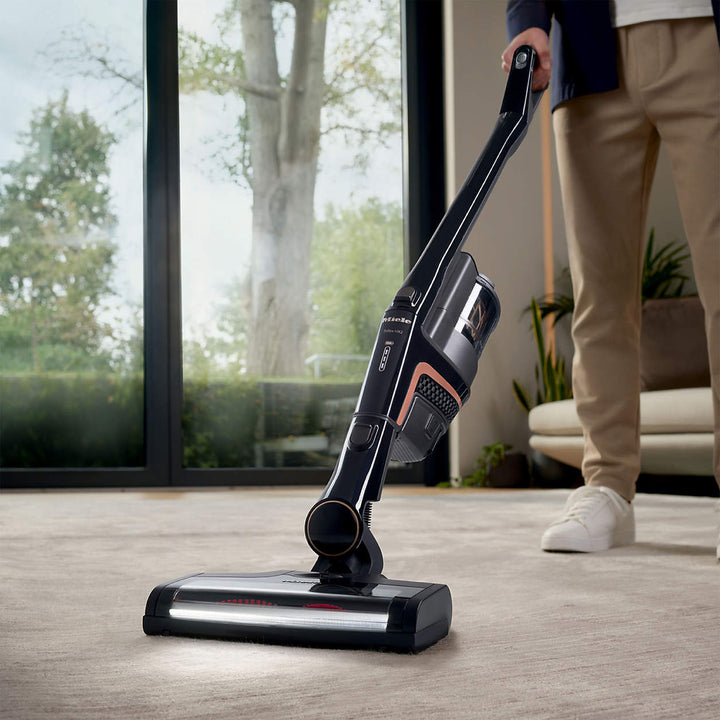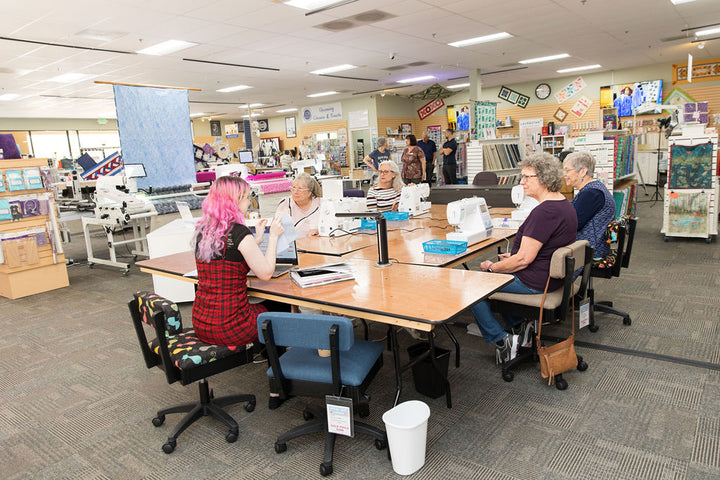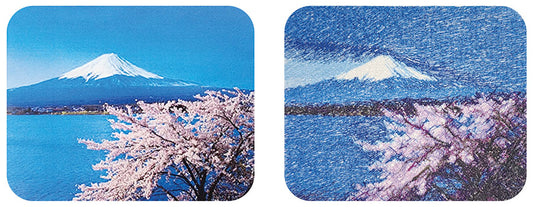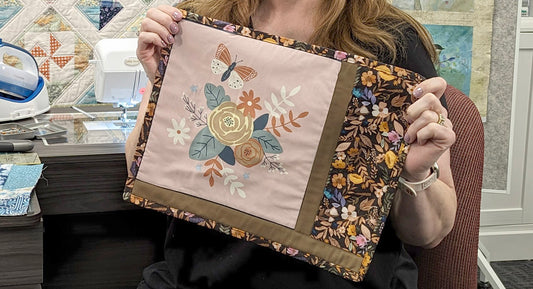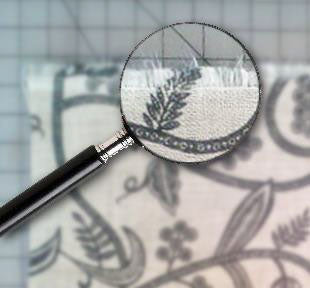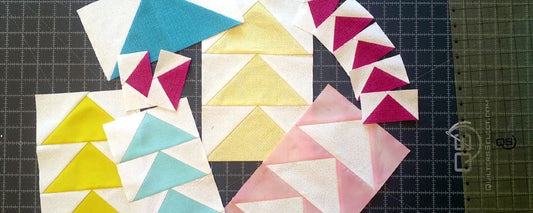Can you fight physics?
Pfaff Multi-Line Decorative Foot
Have you ever cut two pieces of fabric exactly the same and when you sew them together one is longer than the other when you are done with the seam? Why does this happen? Or more specifically, how? It's simple.
It's Physics.
The Merriam-Webster dictionary defined Physics as: "a science that deals with matter and energy and their interactions." For our purposes, matter is fabric and energy is the process of a seam being stitched. When you have two or more layers of fabric under the foot of the machine, only the bottom layer is in contact with the moving mechanics (the feed dogs) while the top layer is pushed up against the bottom of the sewing foot. What is happening is that the bottom layer of fabric is being drawn through the machine by the gripping action of the feed dogs and the top layer is just going along for the ride. Let's face it, the foot really is not helping much here at all. In fact, it is really quite the opposite. The friction of the foot on the fabric is actually impeding the progression of the top layer while the bottom is happily on it's way. This is why you will find that two equal pieces end differently and you will see slight puckering on the bottom side of the seam.
What can be done to fight Physics?
First of all, to reduce friction, make sure that you are setting up your machine for optimum results. Additionally, you will get improved feeding on both the top and bottom by using the right settings, feet and feeding aids.
- Proper stitch selection and stitch length. Choosing the proper stitch for the job and the correct stitch length for the type of fabric that you are working with can make a big difference. Think about it, if a fabric is difficult to feed, using a short stitch length or a complicated decorative stitch is only asking for trouble! Test it, if you are fighting with the machine and fabric to get it to stitch to sew out as you like, it is a bad recipe. Try something different. Just because that stitch is on your machine does not mean it should be used in any and every situation.
- Are you using the right foot for the job? The bottom side of your feet are different and are designed for an intended purpose. You will notice that a foot that is designed for use while stitching complicated decorative stitches will have more of a tunnel on the bottom side to allow easier movement of the build up of the thread under the foot without increasing frixion. Using the proper foot for the stitch and job will let your fabric feed better.
- Working with heavier fabrics? Many machines have a way for the pressure of the presser foot can be adjusted, thus helping to reduce the amount pressure the foot is putting on the fabric. Some may have a knob on the top left of the machine others may have a setting in it's menu that will electronically adjust the foot height while sewing and embroidering.
- You may have a walking foot. This is a good basic attachment and is used for multiple layers of fabric, such as a quilt sandwich. How this works is that the attachment fits over the needle bar and as the needle goes up and down, it raises the foot just a smidge so that the friction is released for a brief moment. This can help and some even have an option of using a couple of different styles of soles that can be put on the foot.
- If you have a Pfaff, you probably have and enjoy it's engageable IDT system! This dual feeding system is actually a set of feed dogs for the top layer of fabric that is in perfect time with the bottom set and can be used in most of the machine's accessory feet (event the zipper foot!). It draws both layers of fabric through the machine at the same rate of speed and allows all types of fabric to be stitched with quality and ease. Here's a great video about the IDT system:
-
- Bernina machines now offer a similar type of top feeding system. Although, it is not integrated (the speed of the top feeding system is adjusted to suit the sewing situation). There are various different feet that can be used with this feeding aid.
- On many of the Brother and BabyLock machines (like the Dream Machine and Destiny) there is an option of a Digital Dual Feed Foot. this attaches in a similar way as a walking foot does, but it is so much more! This little gem is motorized and works a lot like the track of a snowmobile. The rate of speed that the track moves is adjustable and there are various different soles that can be used. Sewing minky has never been easier!
-
Very impressive. Here's a video using the MuVit to hem jeans:
Take advantage of the style of feeding aid that your machine has. With today's machines, you should not have to push or pull the fabric through the machine. Let the feeding system work for you. Your job is to steer, let the machine do the driving!
Happy Sewing,
Reva
